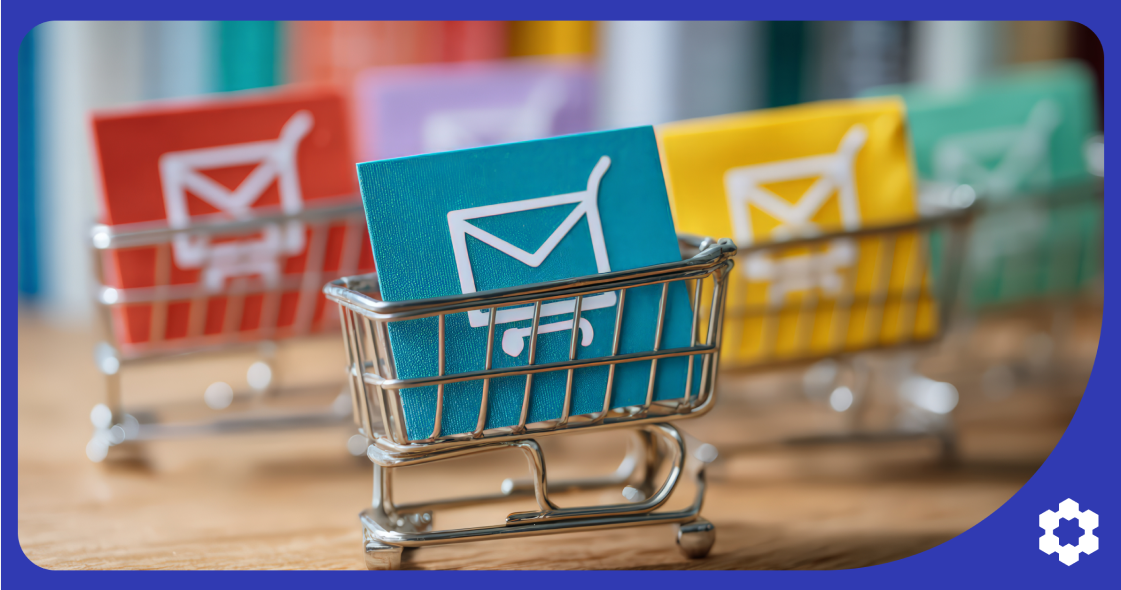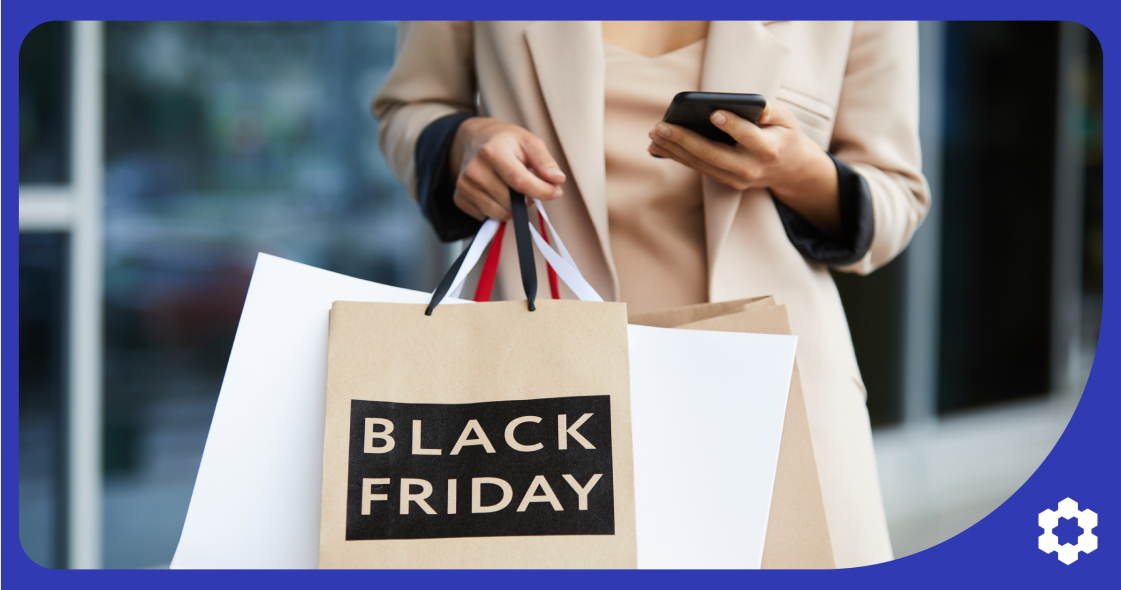Listen to This Article
Top Seller News This Week
This week’s Amazon seller updates covers a mix of retail disruption, competitive plays, and tech-forward bets transforming online commerce.
- Amazon ramps up same-day grocery delivery nationwide: The ecomm giant is adding fresh and frozen groceries to Same-Day Delivery in 1,000+ US cities, aiming for 2,300 by year’s end, upping pressure on Walmart, Instacart, and DoorDash.
- Walmart targets Gen Z and strengthens trade links: From touring “Walmart Delivers” pop-up stores aimed at Gen Z to adding Vietnam shipping routes for its Cross Border service, Walmart is boosting both customer engagement and global sourcing capabilities.
- Shopify scales globally while leading in agentic AI: In Q2 2025, the company grew revenue 31% year over year (YoY), boosted European Gross Merchandise Volume (GMV) by 42%, and launched AI-ready tools to keep merchants competitive as autonomous shopping agents gain traction.
These Amazon updates highlight a retail environment where logistics innovation, brand experience, and AI readiness now rival price and product selection in importance. The big players aren’t just competing for market share; they’re competing to define the future of how, when, and why people shop.
Ecommerce Heavyweights Escalate Rivalry with High-Speed Delivery, Experiential Retail, and AI Tools
The eCommerce battlefield is heating up as Amazon, Walmart, and Shopify reveal bold moves to capture more market share and redefine online retail. From faster grocery delivery to AI-driven shopping and immersive pop-up experiences, each company is betting on a different formula for dominance, and sellers are caught in the crossfire.
Amazon Grocery: Turning Same-Day Delivery Into a Power Play
Amazon is accelerating its grocery ambitions with an aggressive same-day delivery expansion, aiming to cover 2,300 US cities by the end of the year. The move builds on its existing network of 1,000+ cities and introduces competitive pricing for Prime members, putting pressure on Walmart, Instacart, and other delivery rivals.
Amazon Grocery Delivery Expansion Plan
- 2,300 Cities by Year-End: Same-day delivery for perishables like fruit, milk, and frozen meals will soon reach more than double Amazon’s current footprint.
- Prime Advantage: Free delivery on grocery orders over $25 undercuts Walmart’s $35 threshold and weakens Instacart’s appeal for quick, small-basket orders.
- Infrastructure Moat: Backed by temperature-controlled fulfillment centers, AI-driven inventory optimization, and planned rural expansion to 4,000 communities.
- Market Disruption: According to Investopedia, Instacart’s shares were recently down 12%, DoorDash fell about 5%, Kroger dropped 4%, and both Walmart and Albertsons Companies dipped roughly 2% following the news.
Walmart: Doubling Down on Both Speed and Experience
Walmart is taking a multi-pronged approach to strengthen its competitive edge, targeting both operational efficiency and brand appeal.
The retailer has launched a Vietnam-to-US shipping route to help sellers diversify from China, paired with waived holiday storage fees and 30% off multichannel fulfillment.
On the brand side, Walmart’s “Walmart Delivers” trucks bring themed pop-up stores to major events, targeting younger shoppers with curated products, interactive activities, and giveaways. Themes range from K-Pop and gaming to western style, nature kits, and wellness recovery, combining speed, convenience, and cultural appeal.
The combination of improved logistics and targeted marketing gives Walmart an opening to capture more niche audiences while expanding third-party seller adoption.
Shopify Eyes AI as the Next Growth Engine
Shopify isn’t just weathering the turbulence of tariffs and a saturated US eCommerce market, it’s charging ahead into the next retail frontier: agentic AI.
In its second-quarter earnings, the Canadian company reported a 31% revenue growth and a 42% jump in international sales, with major enterprise brands like Starbucks, Canada Goose, and Burton Snowboards making the leap to Shopify.
But behind the numbers, the real story is Shopify’s aggressive push to become the commerce backbone for autonomous AI shopping agents.
New Shopify AI Tools
In August 5, just ahead of its earnings call, Shopify unveiled three tools aimed squarely at AI-powered shopping:
- Shopify Catalog for AI agents to pull accurate, real-time product data.
- Universal Cart enabling one cart across multiple Shopify stores.
- Checkout Kit for embedding purchases directly into chat experiences.
These tools aren’t just new features, they’re the company’s attempt to control the way AI agents interact with its merchants. In July, Shopify even embedded code on merchant sites banning “buy-for-me” agents from completing transactions without a final review step, funneling them instead into its own checkout ecosystem. By restricting unverified agents, Shopify makes sure all purchases go through its own checkout. This way, it collects its fees, protects merchants from faulty or malicious bot transactions, and keeps third parties from bypassing its payment system.
Why All This Matters for Sellers
The strategies of these eCommerce giants aren’t just corporate bragging rights; they set higher standards for customer expectations, alter the economics of fulfillment, and change the rules for discoverability.
- Amazon raises the bar for grocery delivery speed and convenience, making slower competitors less attractive.
- Walmart is creating new international sourcing options and appealing to lifestyle communities that may drive niche demand.
- Shopify is future-proofing merchants for an AI-driven commerce era, but sellers will need to adapt product data and checkout flows to stay visible in AI search. Otherwise, if AI agents misinterpret or fail to present their product data accurately, those products may never make it into the recommendation pool.
To summarize, eCommerce’s next chapter will be driven by companies that control what’s sold, how fast it gets there, and the context it’s delivered in. Amazon is resetting the bar for instant groceries, Walmart is blending retail with experiences and global sourcing, and Shopify’s AI-ready infrastructure is unlocking a new era of intelligent discovery.
Unlock the future of eCommerce with our AI Revolution white paper. Discover how leading Amazon sellers leverage AI for personalization, product research, and advertising optimization. Download your free guide now and start integrating AI.
Other Seller Updates This Week
1. Amazon to Launch Drone Delivery in Kansas City
Amazon Prime Air will debut its MK30 drones in the Kansas City metro area by the end of 2025, offering delivery of certain nonbreakable items in less than an hour. Packages will be dropped from about 12 feet above the ground, with a $4.99 fee for eligible orders or free delivery for orders over $50. FAA-approved and supported by local leaders, the program will operate only during daylight hours and fair weather.
2. Toy Shortages Expected this Holiday Season Due to Tariffs
Industry experts warn that a mix of tariff-related production cuts and cautious retailer ordering could leave shelves stocked with fewer toy varieties and limited quantities of in-demand products. A temporary spike to 145% tariffs on Chinese imports earlier this year halted manufacturing for 60 days, shrinking available inventory. While some manufacturers maintained production, many retailers remained hesitant to order extra stock, making it harder for consumers to find top holiday hits.
3. Amazon Vine Expands to Heavy and Bulk Items
Brand Registered sellers can now enroll heavy and bulky FBA products in the Vine program, which generates detailed, unbiased customer reviews from trusted Vine Voices. This expansion gives more product categories access to a valuable sales-boosting tool, especially for new or slow-moving ASINs.
4. Prime Exclusive Deals Now Available Year-Round
Sellers can now offer Prime Exclusive Deals at any time, not just during events like Prime Day. These promotions, available only to Prime members, benefit from high-visibility placements on the Deals page and Amazon homepage, along with Prime Deal badges in search results. This change allows for strategic, off-peak promotions to reach Amazon’s most loyal shoppers throughout the year.
How to Compete When Ecomm Giants Raise the Bar
With Amazon, Walmart, and Shopify each rewriting the rules of online retail, sellers can’t afford to take a wait-and-see approach. Here are a few ways to adapt and succeed:
- Match the new speed standard: If offering grocery and gourmet food items, audit your fulfillment times and explore programs like Amazon’s same-day delivery or 3PLs to keep pace with rising consumer expectations.
- Leverage lifestyle and event-based marketing: Take cues from Walmart’s pop-up approach by partnering with events, influencers, or niche communities to give your products cultural relevance beyond the screen.
- Diversify supply chains: Tap into alternative sourcing routes, such as Vietnam or Mexico, to reduce dependency on China and mitigate tariff risks.
- Optimize for AI Discovery: Structure your product data with clean, rich attributes, clear images, and relevant keywords so AI agents (and human shoppers) can find and recommend your listings.
- Protect and streamline Shopify checkout: Ensure your checkout process is frictionless and secure, and consider integrating with AI-friendly tools like Shopify’s Universal Cart or Checkout Kit.
For nearly four years, we’ve kept sellers informed with our Amazon Sellers Newsletter, publishing over 200 issues packed with policy changes, announcements, and community events. Subscribe or share with your team to get these insights delivered weekly.








